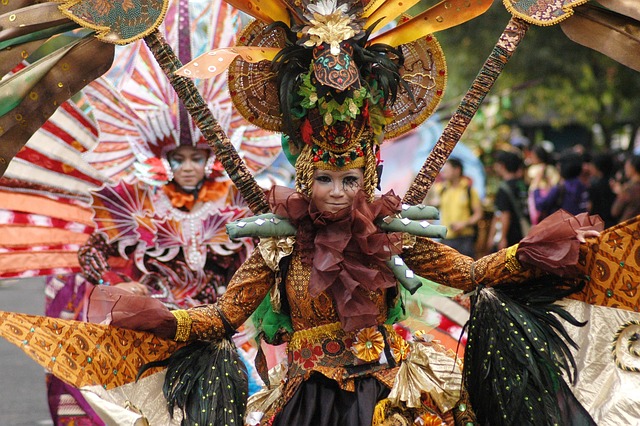Costume Design: Merging Tradition and Modernity in Neoclassical Ballet
Neoclassical ballet, a genre that emerged as a response to the rigidity of classical ballet, has captivated audiences with its harmonious blend of traditional techniques and contemporary expressions. One of the most visually striking aspects of neoclassical ballet is its costume design, which seamlessly fuses elements of tradition and modernity. This dynamic synergy between past and present not only enhances the dancers' performances but also adds depth to the storytelling, making neoclassical ballet a unique and captivating art form.
Costume designers for neoclassical ballets face the intriguing challenge of capturing the essence of both classical ballet's grandeur and the innovation of modern dance. This duality is often reflected in the materials used and the overall design approach. Tutus, a staple of classical ballet attire, are reimagined in neoclassical productions with lighter fabrics that allow for more fluid movement. Layers of tulle maintain the grace of tradition, while innovative cuts and drapes lend a contemporary flair, enabling dancers to execute intricate routines with precision.
Color palettes, another crucial aspect of costume design, bridge the gap between tradition and modernity. Neoclassical ballets often employ a refined palette drawn from the classical repertoire, featuring whites, pastels, and muted tones. However, bursts of bold colors or metallic accents introduce modern sensibilities. These color choices not only evoke emotions but also visually demarcate the shift between classical and contemporary segments within the performance.
The use of fabrics is where tradition and modernity truly converge. Traditional ballet costumes were often adorned with heavy embellishments and intricate embroidery, reflecting the opulence of the time. In neoclassical ballet, while some of these decorative elements persist, there's a deliberate move towards simplicity and functionality. Fabrics are chosen for their ability to breathe, stretch, and support the dancers in executing complex movements. This shift from ornate to functional embellishment aligns with the modern dance ethos while paying homage to ballet's roots.
Modern technology plays a pivotal role in the execution of neoclassical ballet costumes. Innovations in fabric technology allow for the creation of costumes that are not only visually stunning but also ergonomic. Moisture-wicking fabrics, breathable textiles, and lightweight materials contribute to dancers' comfort and overall performance. Moreover, advancements in lighting technology enable costumes to interact with the visual elements of the production, enhancing the audience's immersive experience.
Accessories and props, although sparingly used in neoclassical ballet, offer yet another dimension of merging tradition and modernity. Delicate tiaras and intricate headpieces nod to the traditional ballet aesthetic, while minimalistic jewelry and avant-garde headgear introduce contemporary influences. Similarly, props that once had symbolic roles in classical ballets are reimagined with abstract and geometric designs, enriching the choreography with innovative visual elements.
Neoclassical ballet's costume design not only bridges the gap between tradition and modernity but also fosters a deeper connection between the audience and the narrative. The costumes themselves become storytellers, reflecting the evolution of dance and culture. Every seam, stitch, and fabric choice carries a message that resonates with the essence of the performance. This synergy of design elements amplifies the emotional impact of the dance, captivating both seasoned ballet enthusiasts and newcomers alike.
In conclusion, the fusion of tradition and modernity in neoclassical ballet costume design is a testament to the ever-evolving nature of art. Costume designers masterfully weave together classical elegance with contemporary functionality, creating ensembles that empower dancers and enrich the narrative. The subtle yet profound choices in materials, colors, and accessories establish a visual dialogue that resonates with audiences on multiple levels. Neoclassical ballet stands as a remarkable example of how honoring the past while embracing the present can lead to the creation of an enduring and captivating art form.





